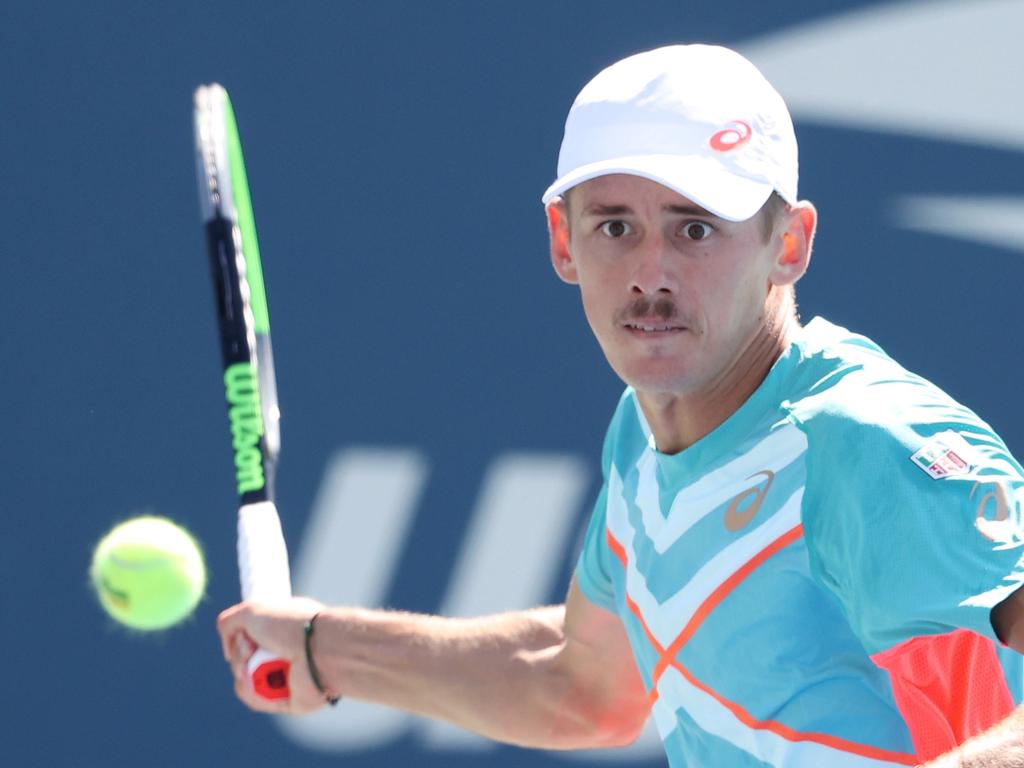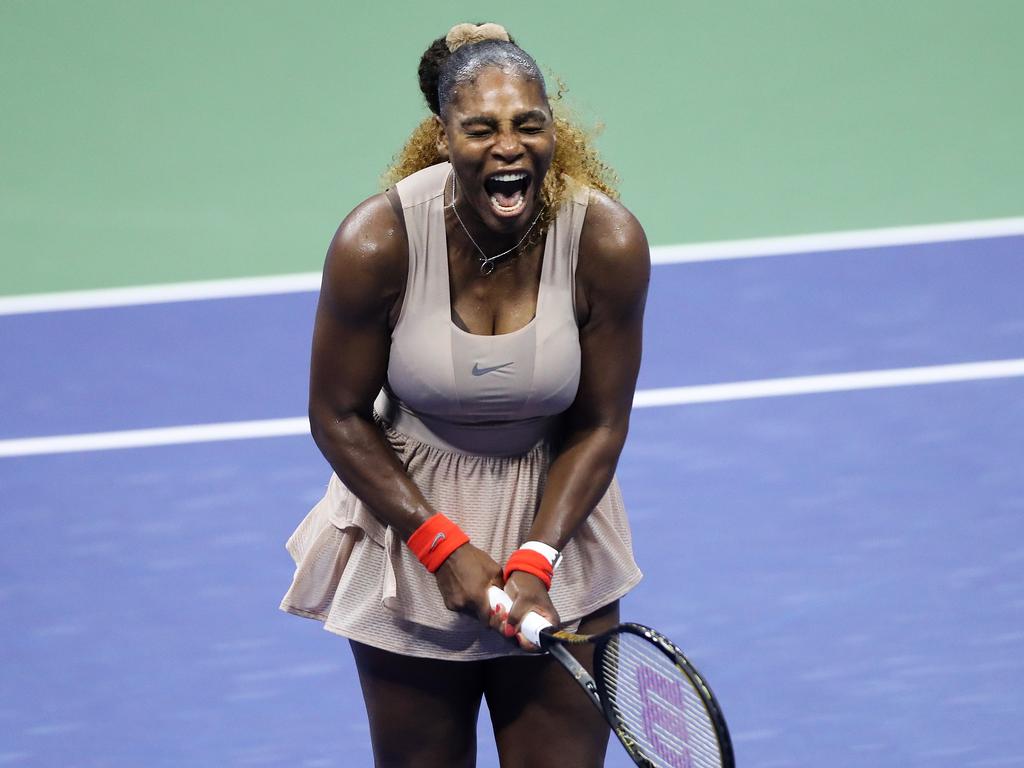US Open 2020: How losing taught Victoria Azarenka to win
Victoria Azarenka, who will play Japanese star Naomi Osaka in the US Open final, has seen the highs and lows of tennis.

Ego can be a double-edged sword in sport, as Victoria Azarenka noted in New York on Friday.
When you’re riding high, it can lure you into thinking you are invincible. But when the bubble bursts, the bruise it leaves can be brutal.
Azarenka, who reached her first major final in seven years when she ousted Serena Williams 1-6 6-3 6-3 in a US Open semi-final on Friday, believes her own decorated career is a case in point.
The dual-Australian Open champion, who will play Japanese star Naomi Osaka in the decider, has reached the highest peaks in tennis as the world No 1.
But just three years ago she fell to a ranking of 978 and was bereft of the belief that made the right-hander near bulletproof on the court for the best part of two years.
Not able to compete regularly enough against the best left Azarenka vulnerable and unable to find that extra something that once separated her from the pack.
This was during a period when a custody battle for her son Leo largely prevented Azarenka from leaving America.
“I think when you’re coming up from kind of nothing, then you become a No 1 player in the world, sometimes you can start to think you’re invincible and that you’re better than everybody, and it’s not true,” she said.
“So the ego starts to grow. It’s very hurtful when it gets damaged. Instead of getting the ego damaged, I tried to remove that and learn from my mistakes (about) that ego.”
Once a regular performer deep in the second week of grand slams, her star slipped slowly for a period before dipping sharply.
She made five major quarterfinals from eight starts between 2014 and 2016 in Melbourne, which was her last significant run at a slam until this fortnight.
“(Losing a lot of matches) was the biggest tool that I could get. I could continue to stay on my high horse or I could just change it and learn from that,” she said.
“I just feel I’m very proud of myself that I took that challenge up from losing, to turn it around and become better. I’m not talking about a better tennis player. I’m talking about a better person for myself, for my son. That’s what I’m most proud of.”

The signs have been there over the past couple of years that a return to the peak was not as improbable as Azarenka’s ranking and form suggested.
She posted a couple of wins in New York in 2018 and claimed a couple more last year at Wimbledon.
In a Fed Cup semi-final in Brisbane in April, 2019, Azarenka’s phenomenal return and ability to dictate proceedings from the baseline were evident.
She was too good for Sam Stosur and it took a sublime performance from Ash Barty on her home court to deny the Belarusian.
A few months later Azarenka combined with the Australian champion to reach the US Open doubles final.
A year on, with Barty opting against travelling in the current climate, Azarenka is on an 11-match winning streak and into another grand slam final. “I started taking more responsibility for what I do, for what happens to me, and responsibility of how I’m going to react to situations,” she said.
“That helped me grow. That helped me become a better person that I am today. I think that shows on the tennis court, too.”

Having toppled a superstar, Azarenka faces the new megastar of women’s tennis in Osaka for the championship.
The Japanese star, who is the highest-paid female athlete in history, produced a sublime performance to defeat Jennifer Brady 7-6 (1) 3-6 6-3.
The 22-year-old is also seeking to win her third major title. She followed a success in New York in 2018 with a victory in Australia in 2019. Osaka has made a statement on court with her play and a bigger one off it with her actions in recent weeks, supporting the Black Lives Matter movement.
Amid civil unrest in the US in May after the death of George Floyd, she attended protests in Minneapolis without publicity.
Osaka is motivated to make a difference and has walked on to the court for each of her matches over the past fortnight wearing the name of a different victim of police violence.
Osaka had seven masks made for the US Open. One for every match of the tournament. It demonstrates the confidence she felt in her own form ahead of the US Open.
“For me, I feel like I’m just doing what I think I’m emotionally capable (of doing). I felt like this was right for me at this time. I felt like this is what should be done,” she said.








To join the conversation, please log in. Don't have an account? Register
Join the conversation, you are commenting as Logout